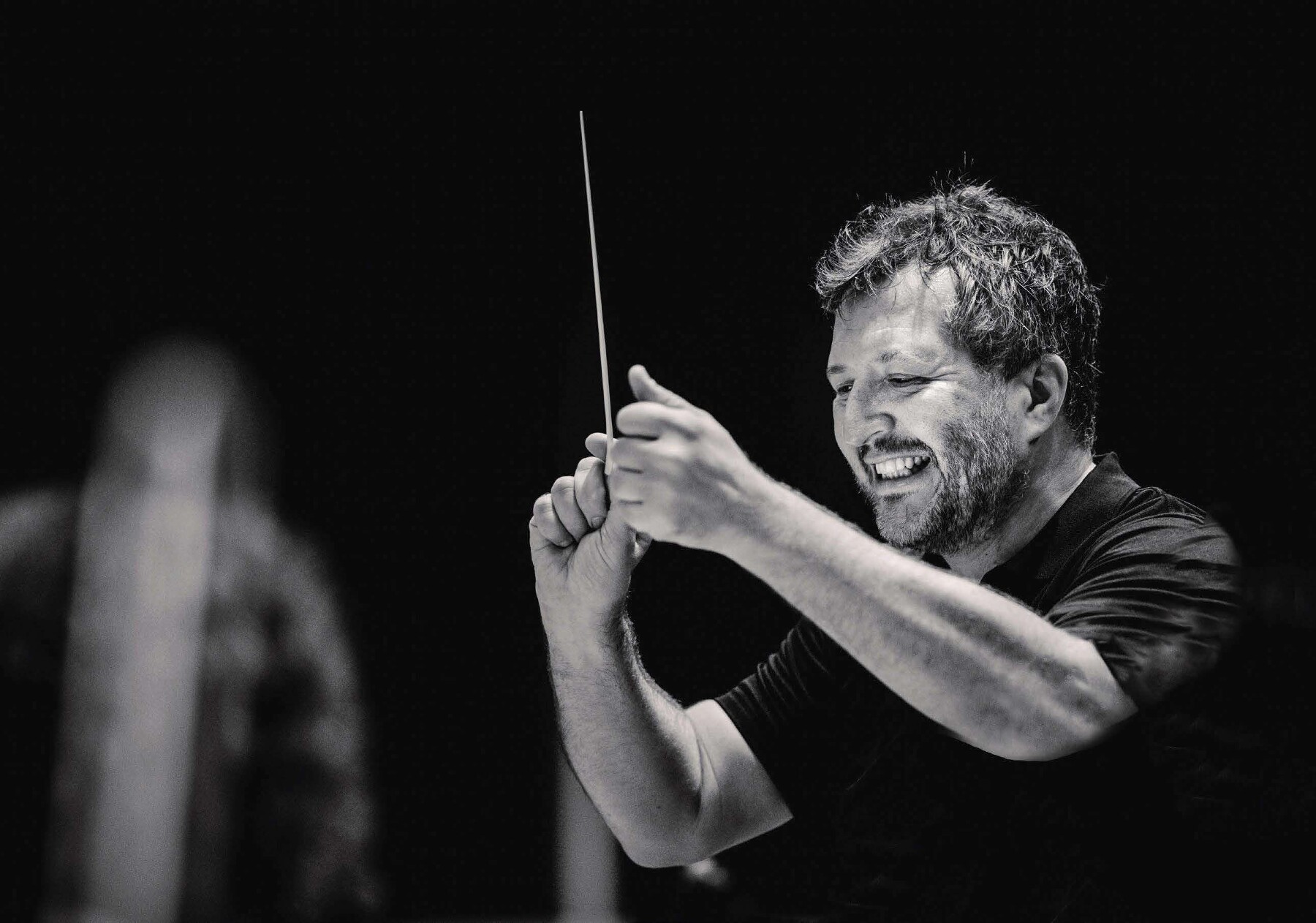Modern Composition and Culture Since 1989 – Part 01

This book, published in 2017, was one of the most important books on modern composition I have read. It is possibly the most comprehensive and up-to-date analysis of the state of modern music composition that exists. The author gives a wide perspective, yet with an astounding amount of detail and insight into the various schools of thought globally, discussing how the historic changes of our era have affected these ideologies.
The author, in broad strokes, puts forth five compositions he believes are symbolic to the historical directions in our current times. “These five pieces are Different Trains, by Steve Reich (b. 1936); Piano Sonata No. 6, by Galina Ustvolskaya (1919-2006); Kits Beach Soundwalk, by Hildegard Westerkamp (b. 1946); “Brain Forest- for Acoustic Metal Concrete” from the album Cloud Cock OO Grand, by Merzbow (Masami Akita, b. 1956); and H’un (Lacerations), by Bright Sheng (b. 1955)…they are all pieces that were composed or pre-planned reflectively, fixed in some sort of notation for a performer or creator to interpret, and intended to be listened to by an attentive, informed, and critical audience.” We encourage students in our music school in Odessa, Texas to study such modern developments in music.
Giving a synopsis of history leading up to where this book begins, the author states:
“Histories of contemporary Western art music usually begin in 1945. Its story has been told enough times, with expeditious changes of emphasis along the way, to be familiar: at the end of the Second World War, Europe, the home of post-Enlightenment Western culture, was devastated and in desperate need of reconstruction. America had finally achieved the financial dominance that had been expected of it since the 1920s, thus initiating its dominance over the second half of the century. The postwar settlements with Soviet Russia had set the stage for the Cold War. New technologies and sciences, many of which had been developed in wartime, such as tape recording and information theory, were finding wide peacetime application, and the postwar industrial boom- as well as the increasing importance of cultural soft power as a weapon in the Cold War- began to fuel a rise in the public’s consumption of the arts.”
“This story helps us understand how and why the musical innovations of the postwar decades, from musique concrete to minimalism, came about. However, by the end of the century this narrative begins to unravel, not least because of the rapidly changing scope of what ‘art music’ could be. These histories struggle to accommodate the diversity of musical activity at the end of the twentieth century and the beginning of the twenty-first. Worse still, they cannot set the music of that period within the same contextual depth as, say, the serial music composed in the early 1950s (a product of wartime technologies, postwar rebuilding efforts, and the desires of a young generation to start again) or the early minimalist music of the mid-1960s (a product of jazz and non-Western influences, counterculture, and influences from the visual arts).” We encourage students in our music school in Odessa, Texas to understand the historical context of art and music in culture and multiculturalism.
“The first contention of this book, then, is that to understand the music of our present day and recent years, we need to reboot that story, to begin from a new date. Many of the precepts on which the post-1945 narrative is based were no longer applicable by the start of the twenty-first century: Europe had rebuilt itself and emerged as the European Union, becoming one of the world’s largest economies; the fall of the Berlin Wall and the subsequent collapse of the Soviet Union had brought an end to the Cold War; and even the United States’ claim to global dominance had begun to be threatened after China’s opening to the global trading market at the end of the 1970s, the terrorist attacks of 9/11 and the wars in Afghanistan and Iraq that followed, and the global financial crisis of 2008. By the end of the century the social democratic consensus that had steered the West through postwar reconstruction had been replaced by market-led neoliberalism. Finally, the birth of the Internet and World Wide Web in the early 1990s, as well as the widespread popularization of digital technologies, transformed the production and consumption of culture in every sphere.” We believe it is important for the students in our music school in Odessa, Texas to understand how emerging technologies can successfully integrate with burgeoning creativity.
“Clearly, 1989 was a momentous year. Not only because of the fall of the Berlin Wall…the pro-democracy protests in Tiananmen Square in China and the state-sponsored massacre that ensued and the beginning of a process that would see an end to apartheid in South Africa…Lots of the geopolitical changes across Europe…1989 was the tipping point for the forces that shaped much of the economics, politics, and, one might say, psychology of our modern world…Taken together, the Internet and the rise of neoliberal global politics enabled a new phase of cultural and economic globalization.”
The author ties the five musical works mentioned above with the social changes of their time. “In their different ways, all five of these works connect with the wider political, social, economic, and technological changes of the time, whether late Cold War geopolitics, the emergence of digital technology, the conditions of modern-day globalization, or the politicization of the personal. Associations like these suggest the first component of my methodological framework: enablement and inspiration.”
“Technological, social, and political developments can and do influence developments in art in two ways: they either enable them, or they inspire them…With all this in mind, I suggest that the main developments of the last twenty-five years that might enable or inspire the stylistic development of new music are social liberalization, globalization, digitization, the Internet, late capitalist economics, and the green movement.”
“I have taken a further step toward abstraction, at least on the highest organizational level, and chosen a series of quasi-psychological states that reflect the intersections between these techno-socioeconomic axes. There are five of these: permission, fluidity, mobility, excess, and loss.” It is important for students in our music school in Odessa, Texas to understand how sociology shapes art, and vice versa.
The author shows in the early 1990s, the rise of ‘spiritual minimalism’ with Henryk Gorecki (1933-2010). The rise of such music coincided with the new technologies to listen to the music easily with such devices as the Walkman and later the iPod. “Spiritual minimalism helped create an entirely new market niche, or collection of niches, that came to define a large proportion of subsequent practice in new music marketing. There were listeners who wanted music that was exotic yet unthreatening; music that spoke directly to their contemporary, day-to-day mood (and could be used to soundtrack it through domestic and mobile listening); music that contributed to a chic, design-oriented, aspirational lifestyle; and music that could transition easily between popular and more art-oriented formats.”
Composers, at the same time, began to become more entrepreneurial. “At the simpler end of this scale, many act as their own promoters and publicist. Much of this work now takes place online, with many composers maintaining websites where they offer samples of their work to prospective performers and listeners. Others supplement these activities with a strong social media presence…Although Myspace has since been overtaken as a social network by Facebook, Twitter, and others, it remains an important platform for accessing music online, and many established musicians have profiles there.”
“Even some venerable institutions like Ensemble Intercontemporian have a substantial presence on YouTube, and it has become standard practice for younger ensembles to upload videos of their performances as part archive, part promotional materials. Practices like these are not limited to smaller ensembles or new music specialist. Major orchestras like the London Symphony Orchestra and the Chicago Symphony orchestra have been releasing recordings…expanding their brand footprint but also creating entirely new income streams, which slumps in public funding and conventional record sales have made more urgent.” We hope to inspire students in our music school in Odessa, Texas to understand the importance of always looking forward in new developing innovative ways of conveying artistic endeavors.
With much experimentation among contemporary composers, the simple actually became radical. “Triadic harmony or regular pulse can be just as radical as the gestures of the historical avant garde. (And, conversely, noise and silence can be just as prosaic as an age-old chord sequence…The guiding ethic is choice rather than innovation. No longer tasked with forging, in modernist fashion, a path toward a shared future, musicians are free to choose, from the available possibilities, what best expresses their subjective tastes and desires, or perhaps what they believe best communicates their ideas to an audience…has led to opportunities for crossover and intermixing between musical styles and genres.”
Explorations in ‘spectral music’ (that is, music using microtonal composition, in particular, the overtone series) were done by Lou Harrison (19117-2003), Ben Johnson (b. 1926), James Tenney (1934-2006), and La Monte Young (b. 1935).
Others composed ‘neo-tonality’ works in an anti-modernist tendency, such as Lowell Liebermann’s Symphony No. 2 (1999), and Ellen Taafe Zwilich’s Violin Concerto (1997).
“What is new is the way techniques are combined…The units may not be new, but the idea- almost an ethical principle- that things should be open to integration like this is characteristic of our times. We have already seen examples of how, in the last twenty years or so, basic musical elements such as harmony, meter, noise, and silence were becoming susceptible to this principle and how they could be used outside the contexts to which they might appear most suited.” Being able to synthesize stylistic elements from a wide spectrum of style, multiculturalism and historical understanding of technical processes will give the modern artist the best opportunity for success. We encourage the students in our music school in Odessa, Texas to learn deeply from a wide variety of sources, to gain inspiration and insight for their future.
